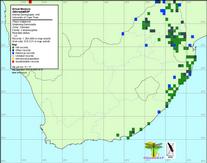Red-veined Darter, Nomad Sympretum fonscolombii
Suborder Anisoptera. Superfamily Libelluloidea. Family Libellulidae

- Sympetrum fonscolombii Satara.jpg (129.7 KiB) Viewed 3276 times
Aged male, Kruger National Park, Satara (Feb 2021) © mposthumus
Identification
The male’s abdomen is scarlet and the thorax laterally red with a yellow or greenish-yellow spot. The hindwings are marked with a yellow basal spot. The pterostigma is yellow in both sexes.
Other species with a red body, broader abdomen and yellow basal wing spots are
Crocothemis erythraea, C. sanguinolenta and
Trithemis kirbyi.
Face: reddish brown. Labrum, frons and front of vertex reddish brown. Sides of postclypeus and frons, and back of vertex, yellowish or greyish brown.
Eyes: dark reddish brown above, greyish blue below.
Prothorax: with long setae giving appearance of a 'hairy collar'.
Synthorax: reddish brown, becoming greyer at sides, with two indistinct, diagonal grey to cream stripes. Sometimes only one of these stripes is visible.
Wings: with small orange splashes at bases, more so in hindwing. Veins reddish brown, particularly near thorax.
Pterostigmas: light yellowish brown between dark brown veins, 3.1-3.2 mm long. Membranule white.
Abdomen: usually orange-red, with two black dashes both in centre and at sides of S8-9. Some individuals distinctly more pale orange-brown than
orange-red.
Female: yellowish brown becoming greyish brown with age, with an indistinct, wide, pale greyish diagonal line on side of thorax. A fine black line along abdomen separates yellowish brown above from pale straw below.
Meaning of scientific name
Named in honour of the French entomologist ELJH Boyer de Fonscolombe (1772–1853), who described the species for the first time, but under a name that was occupied by another species.
Distribution
The species is widespread in Africa, Europe and western Asia.

- map.jpg (77.74 KiB) Viewed 3276 times
Ecology and behaviour
Sympetrum fonscolombii is a migrant species that Southern Africa during the rainy season. It colonises all types of freshwater habitats. Development from egg to emergence takes less than 50 days and may be completed in as little as 35 days. The larvae are well adapted to dwell in rain pools of short duration. Due to its rapid growth, the species may complete several generations within a year. During egg-laying, the female is usually guarded by the male in tandem. With a dancing flight of the tandem, the female touches the water surface. Usually, the eggs are placed in open-water habitats with sparse vegetation.
The Red-veined Darter is common between September and May but most abundant Oct-Nov and a few individuals may be seen mid-winter.
Links:
http://www.dragonflies-id.co.za/Dragonf ... Nomad.html
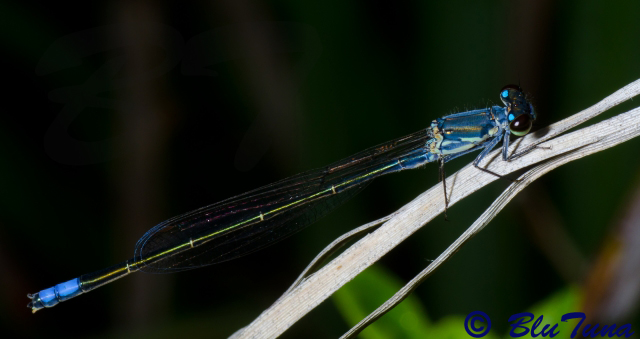 © BluTuna
© BluTuna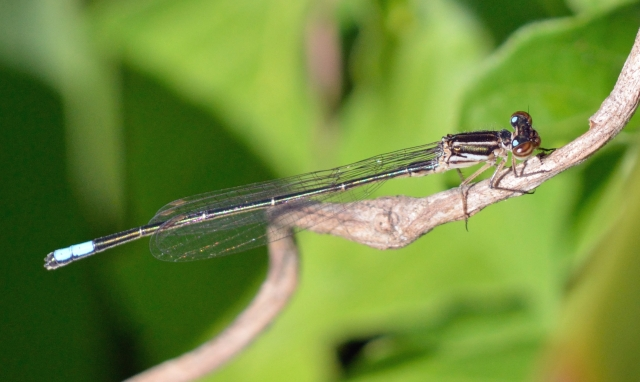 © BluTuna
© BluTuna 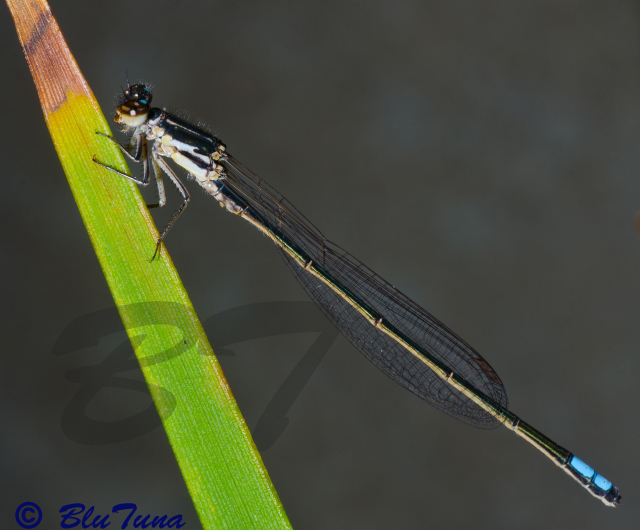 © BluTuna
© BluTuna 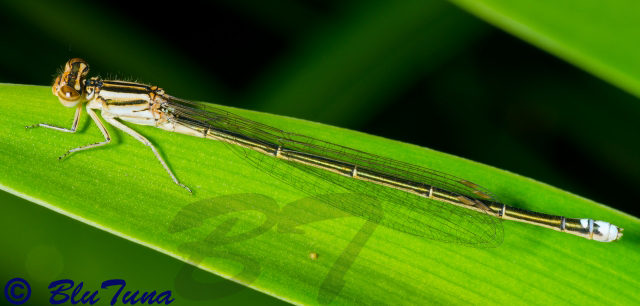 © BluTuna
© BluTuna 


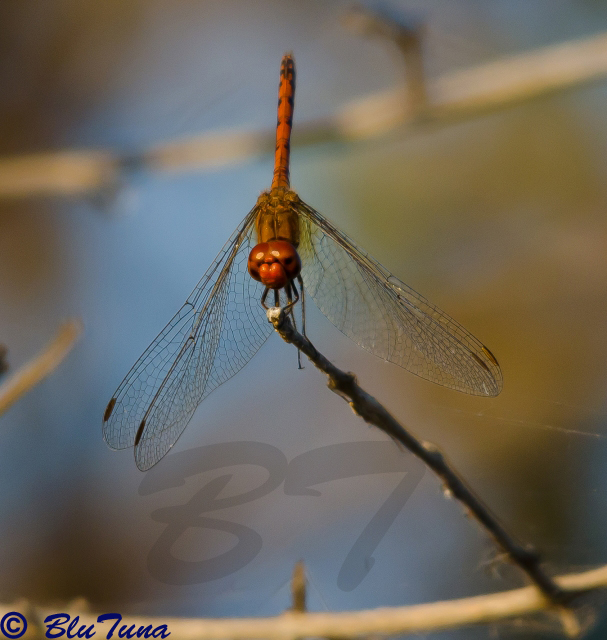
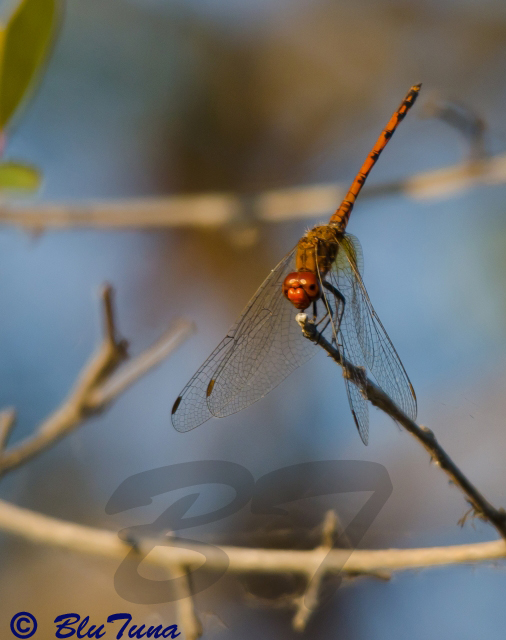 © BluTuna
© BluTuna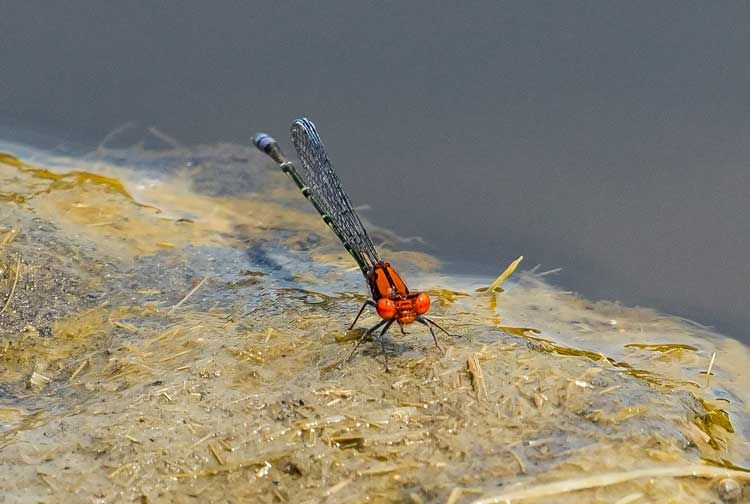 © Pumbaa
© Pumbaa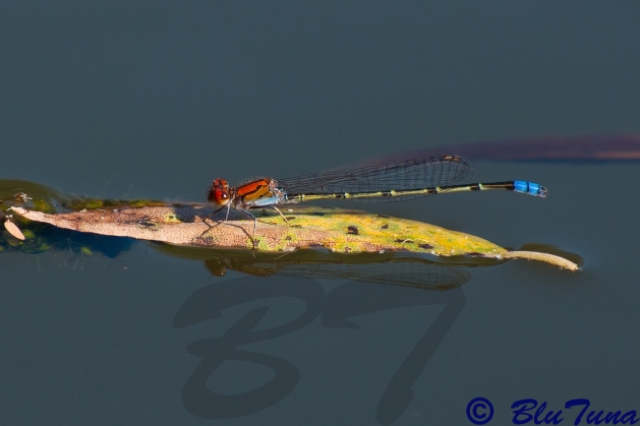 © BluTuna
© BluTuna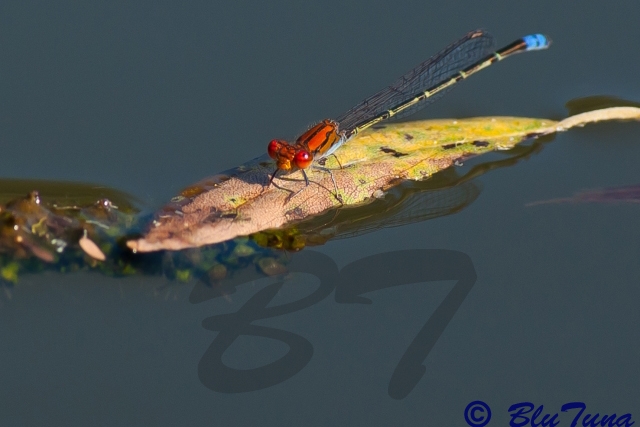 © BluTuna
© BluTuna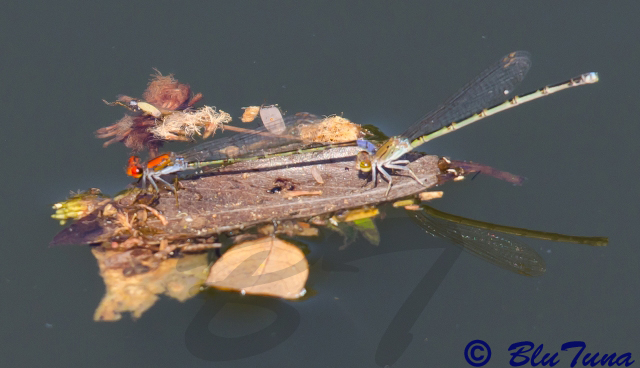 © BluTuna
© BluTuna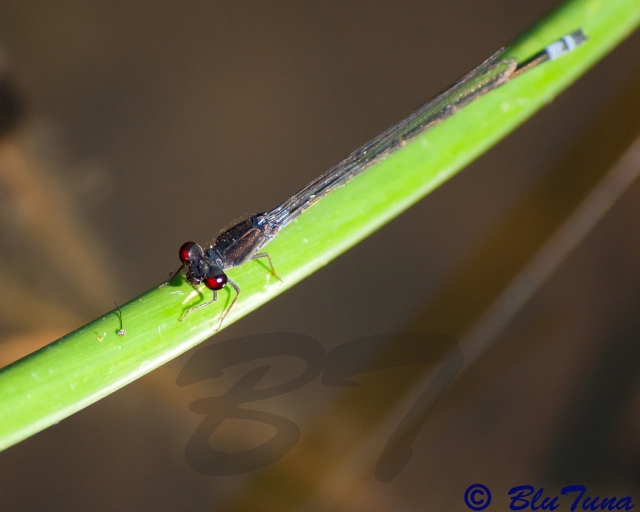 © BluTuna
© BluTuna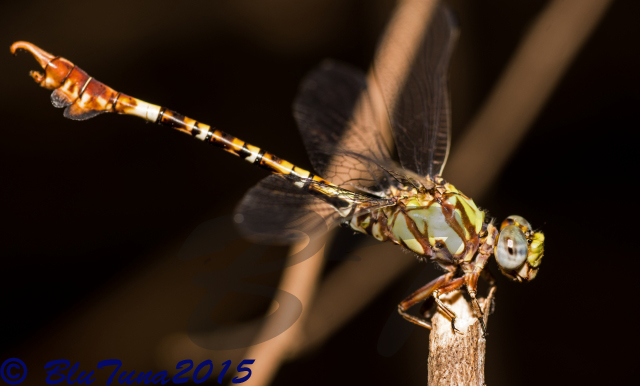 © BluTuna
© BluTuna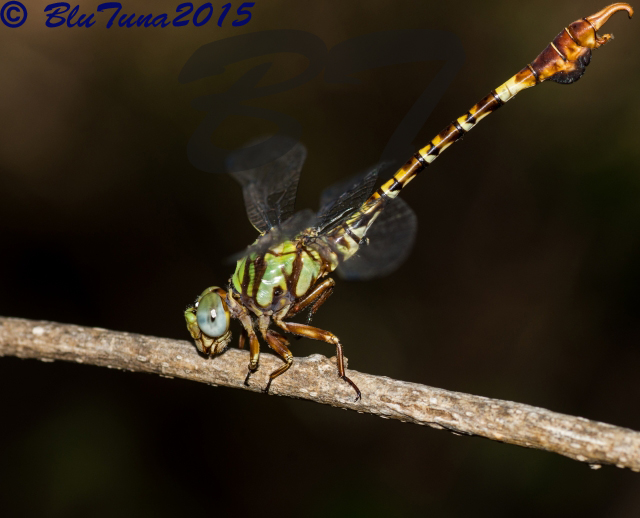 © BluTuna
© BluTuna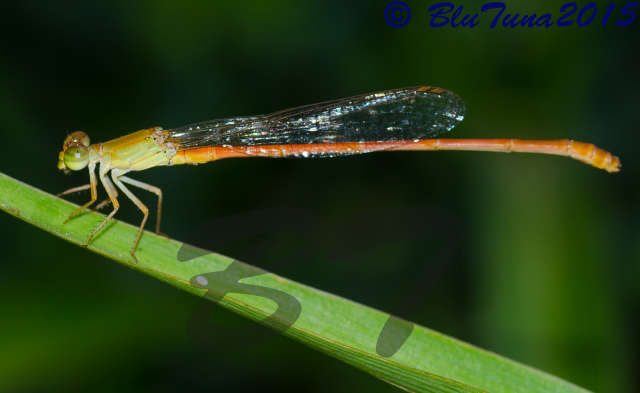 © BluTuna
© BluTuna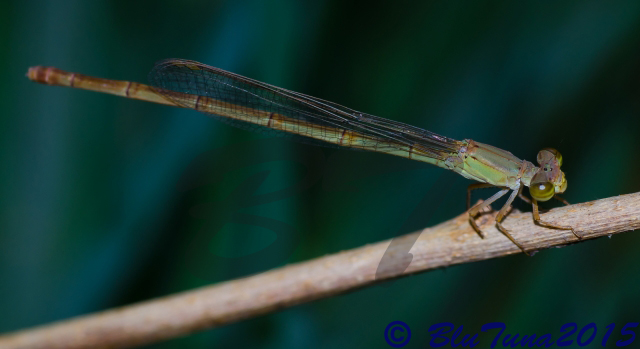 © BluTuna
© BluTuna
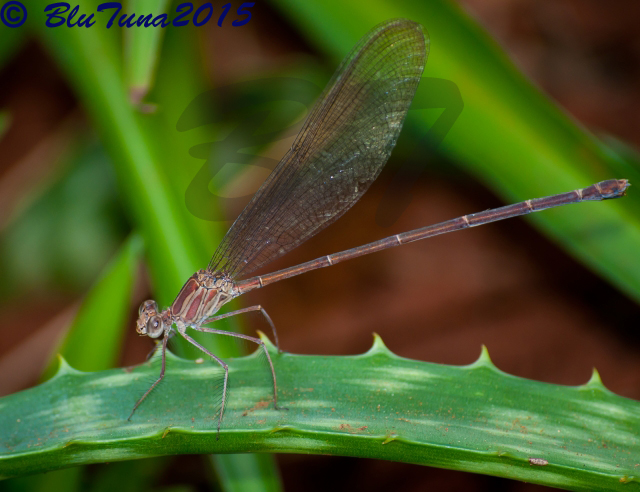 © BluTuna
© BluTuna